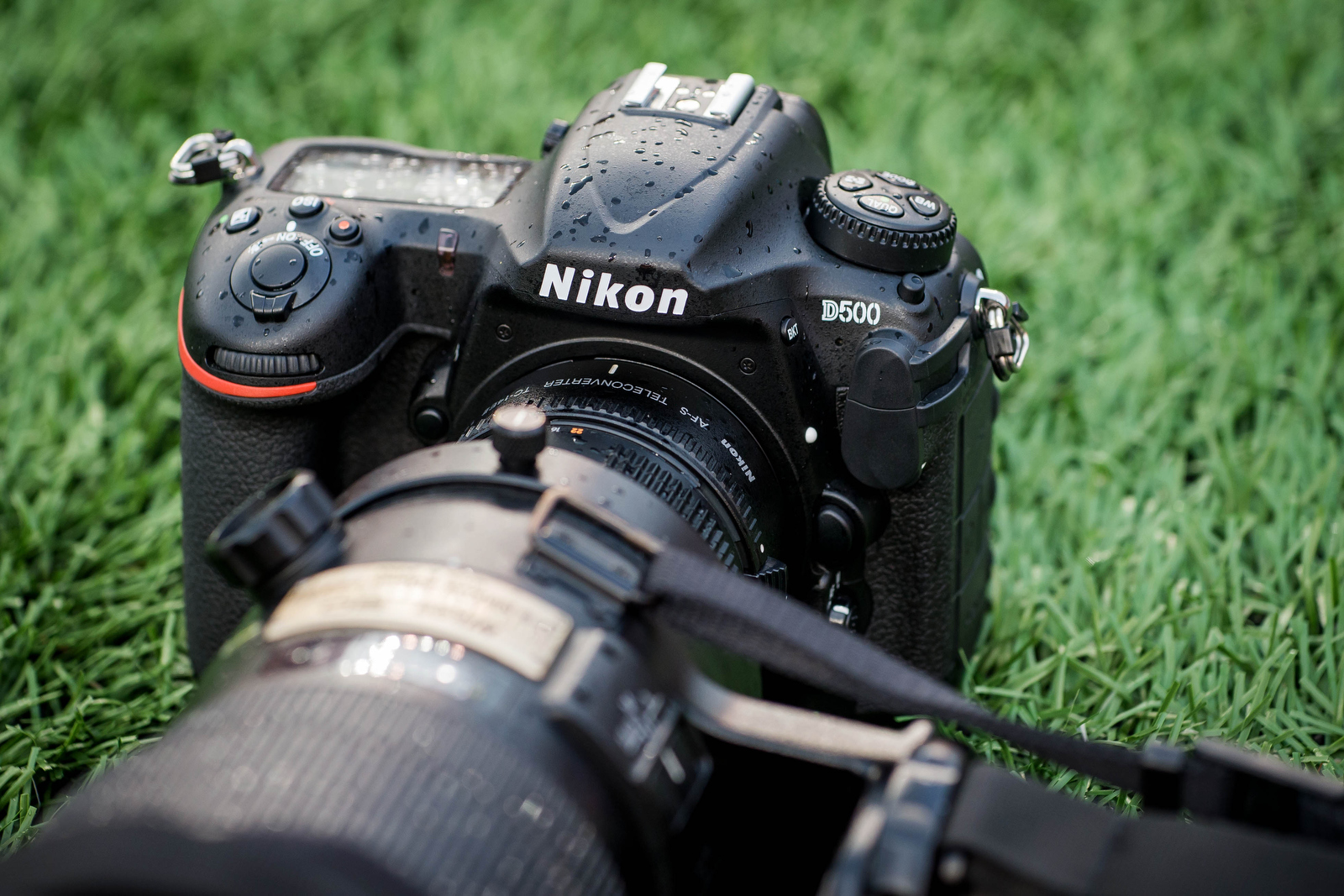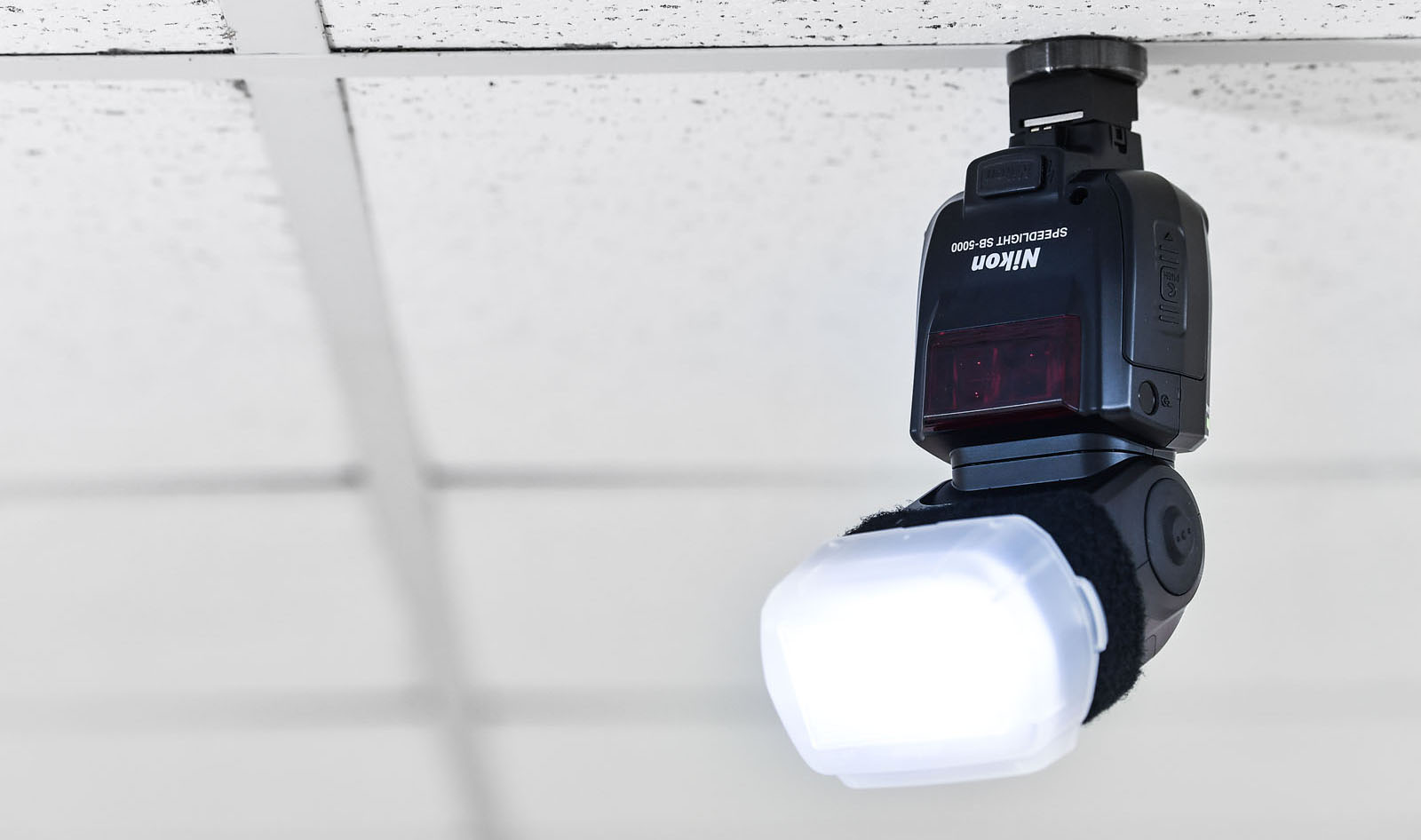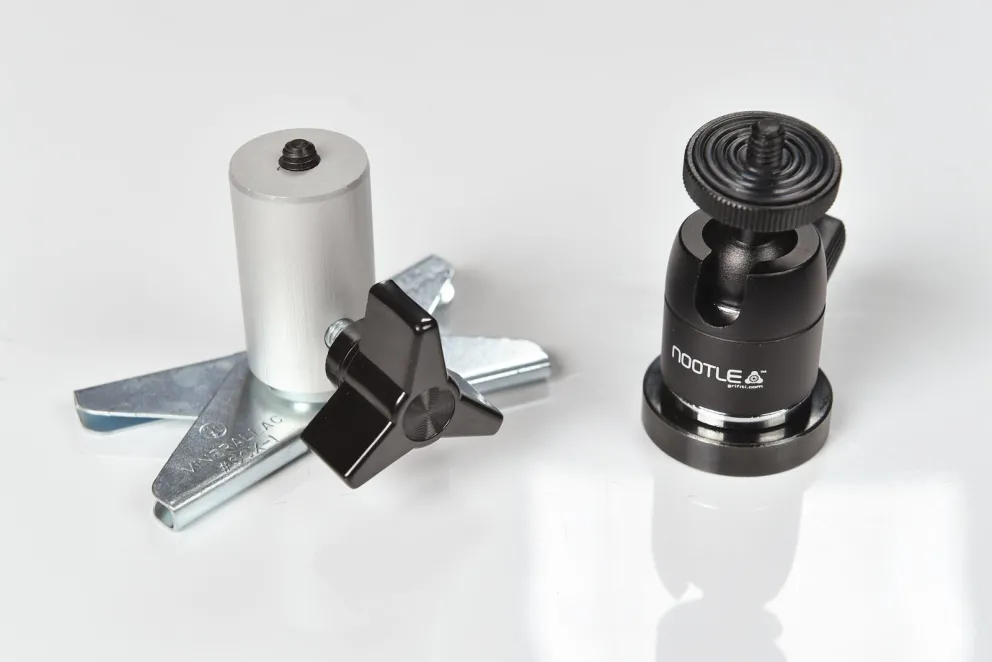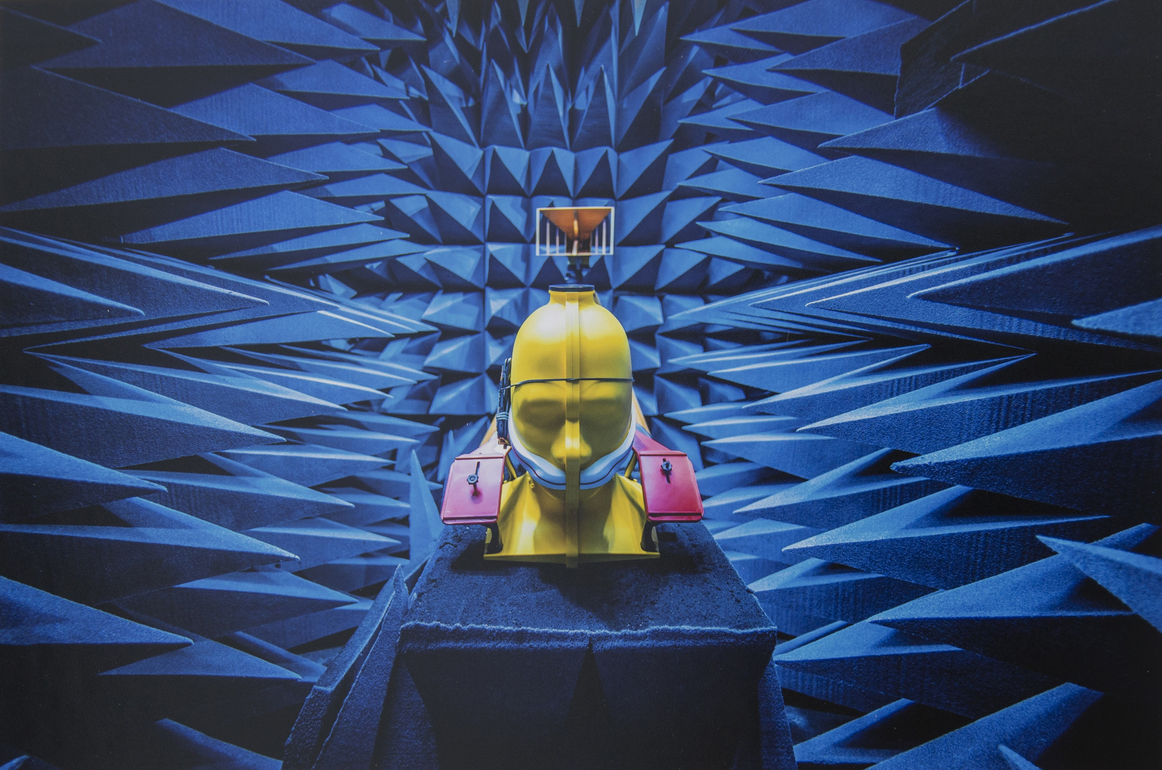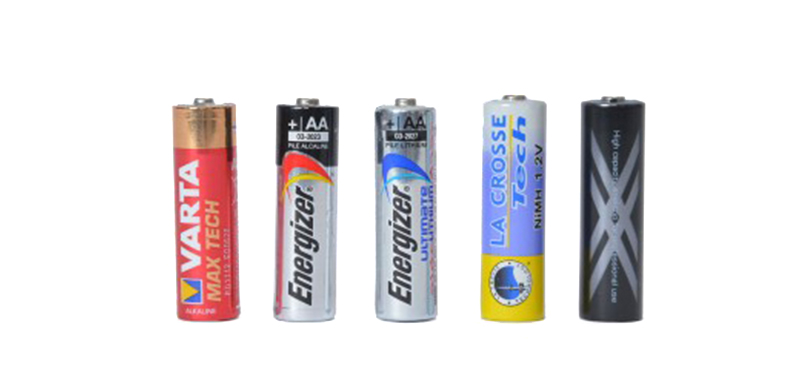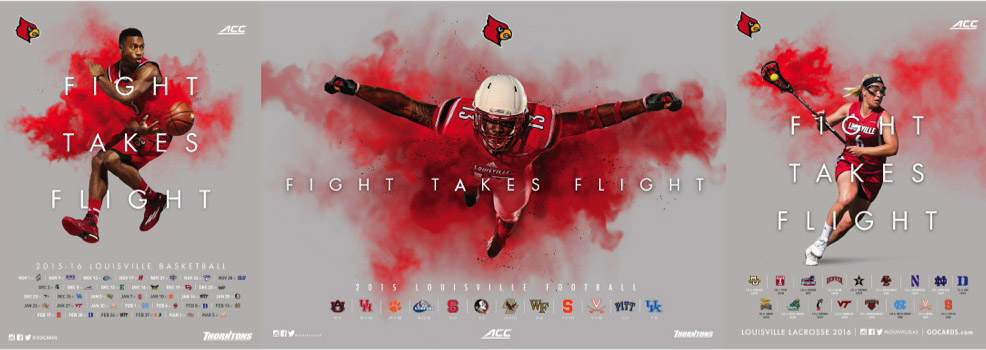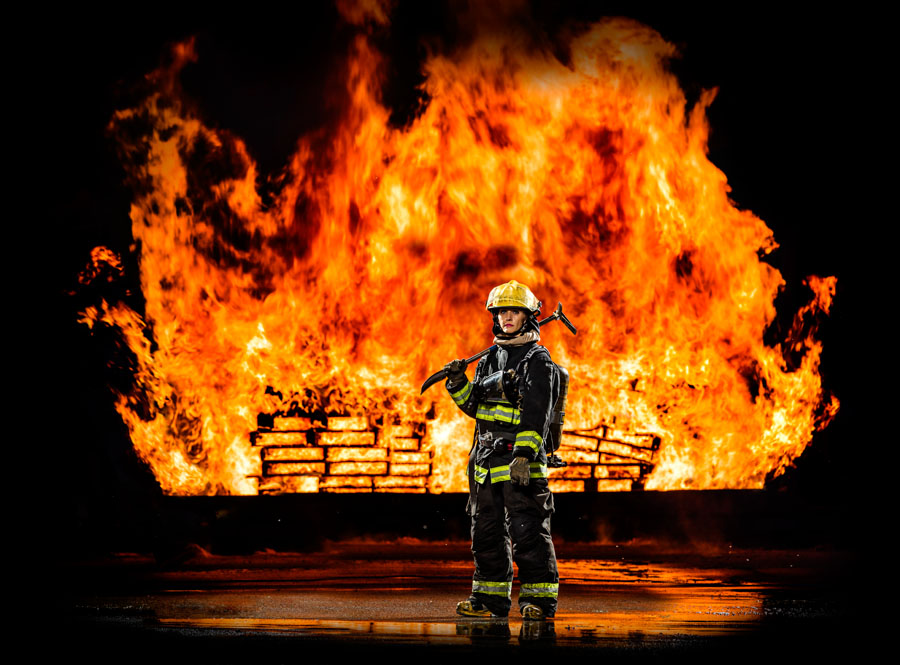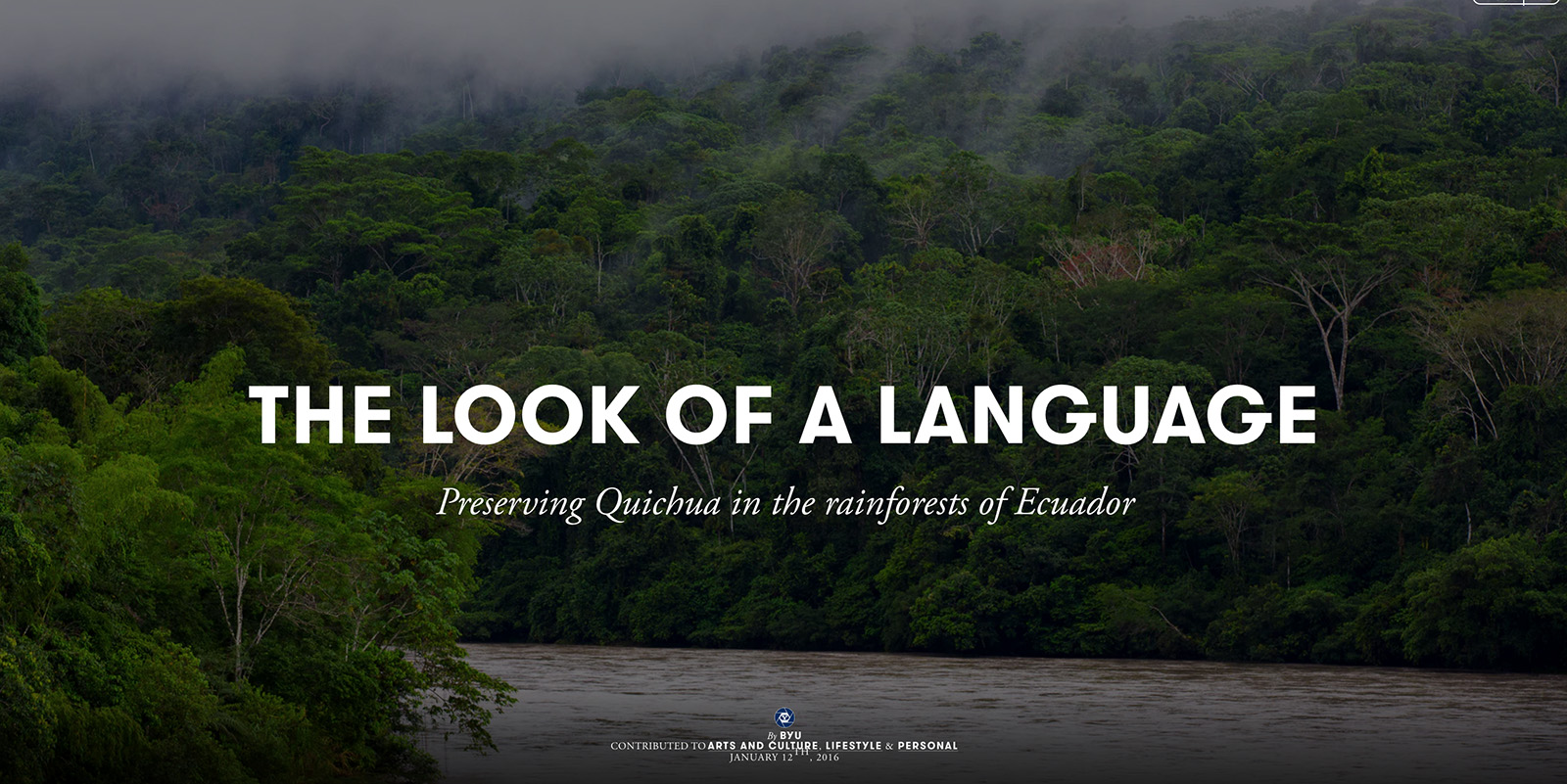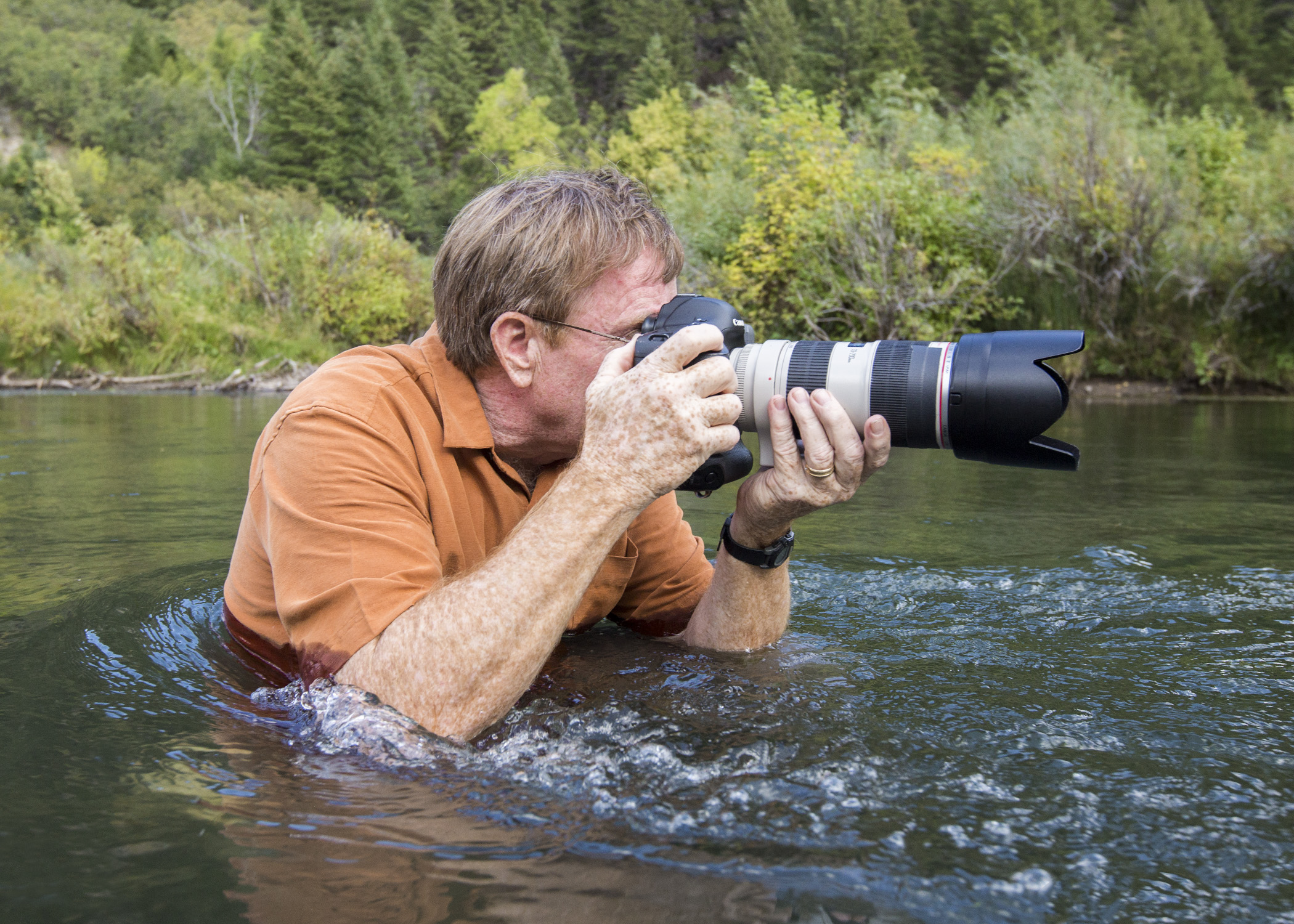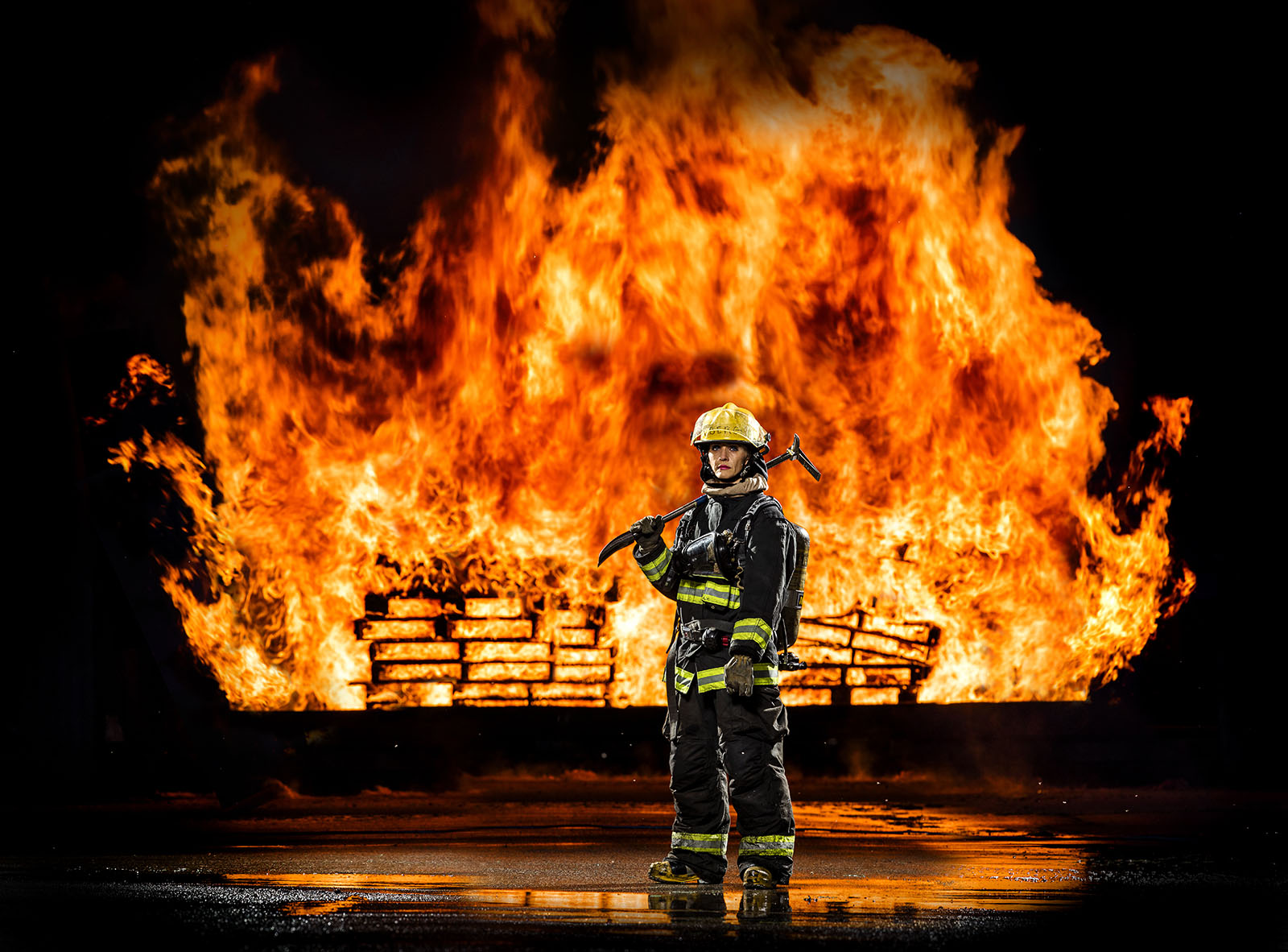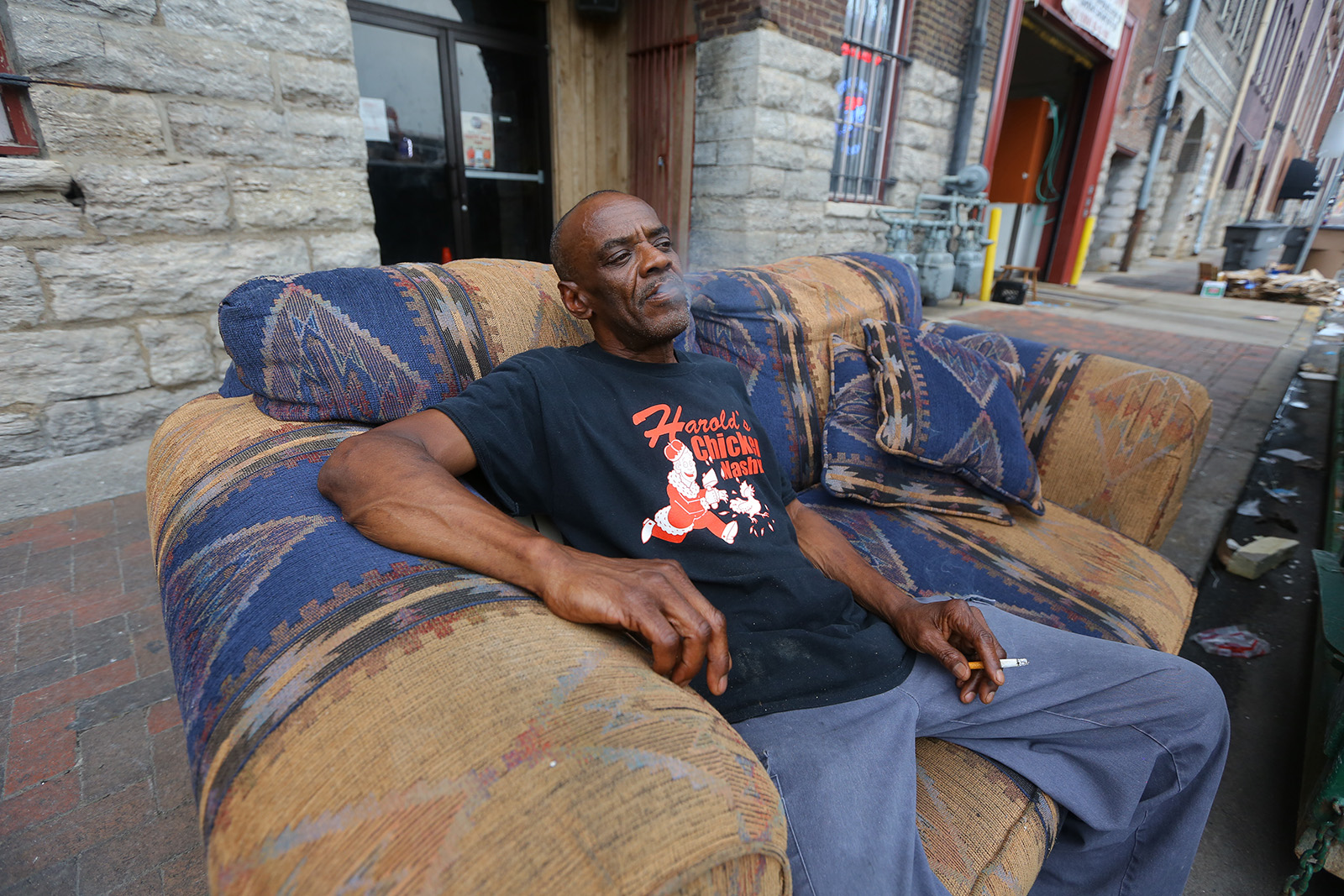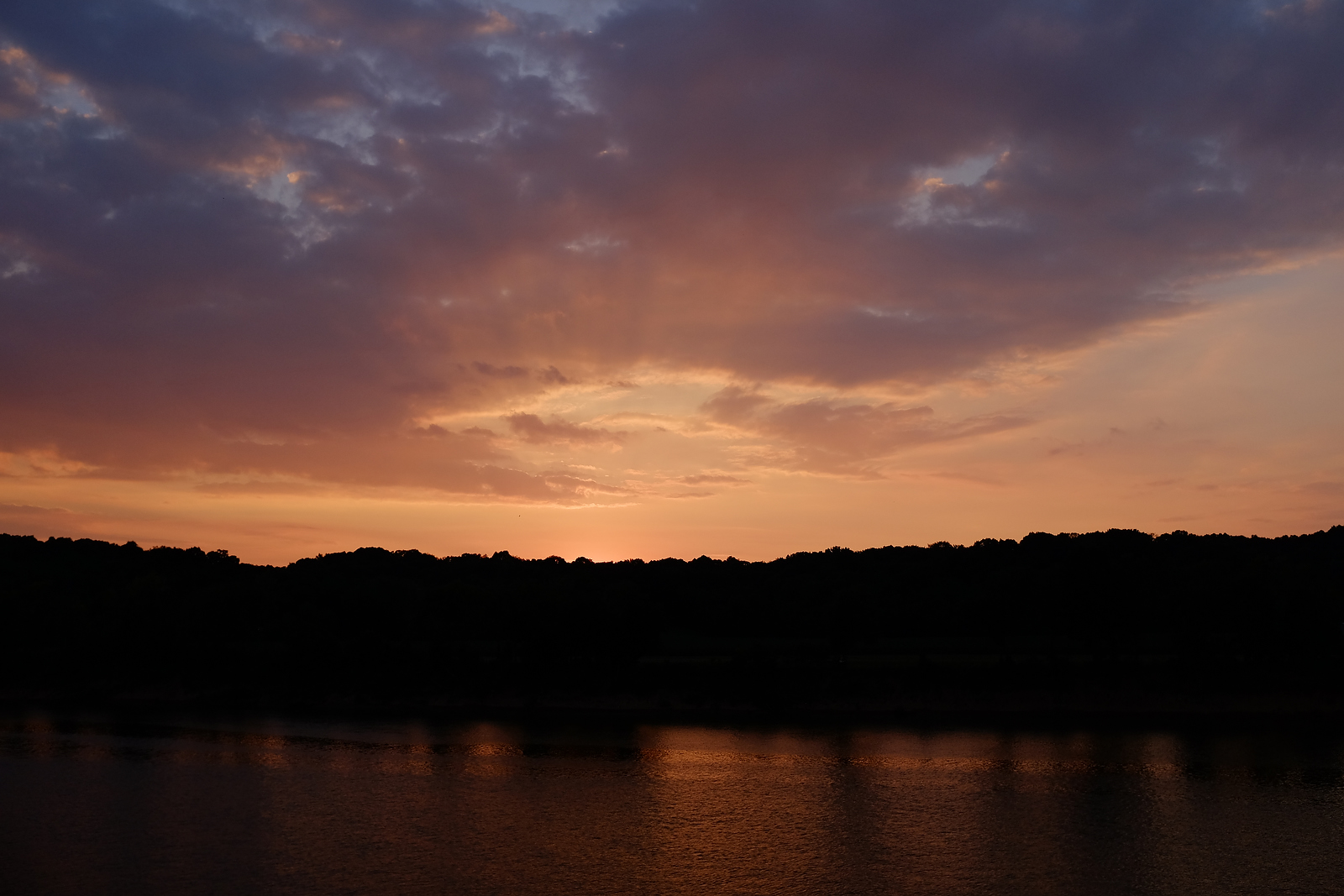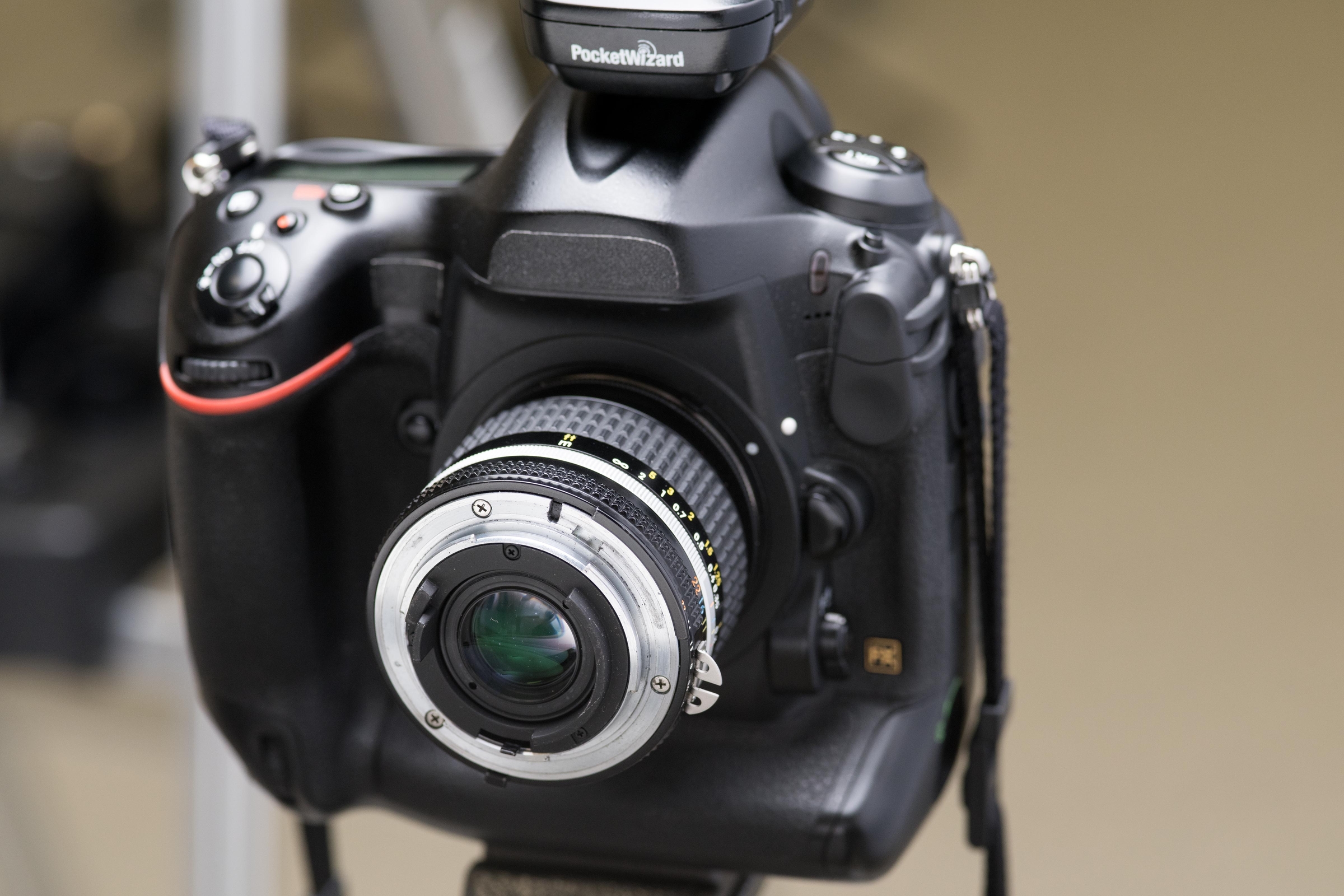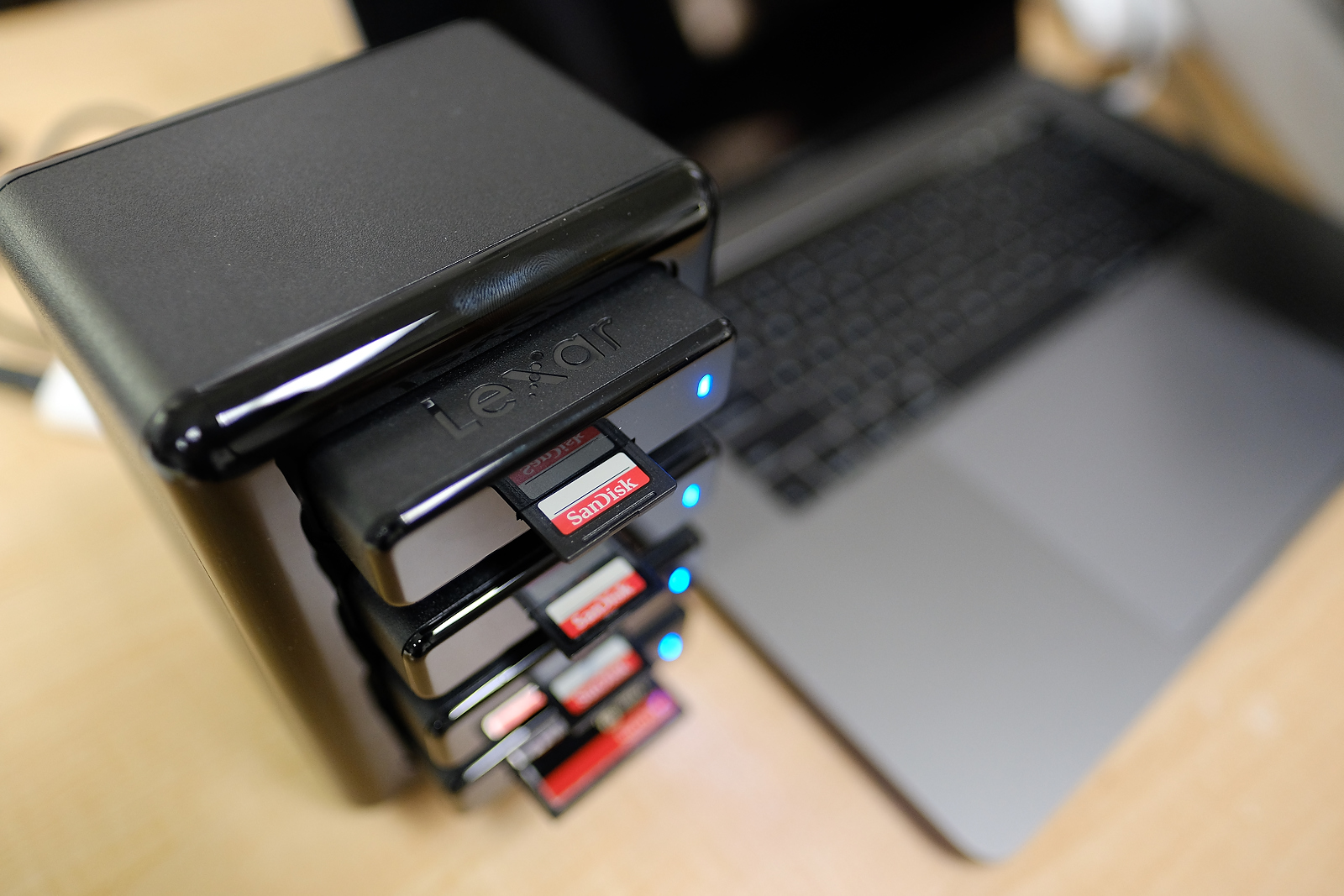
by Ken Bennett, Wake Forest University
One of the most frustrating aspects of shooting a big event has always been trying to download many gigabytes of photos to my laptop, especially on deadline. I had several USB-3 card readers, and individually they were pretty fast, but using more than one would slow down the entire system. For our last commencement ceremony, it took more than thirty minutes to get all the photos onto my computer before I could begin editing.
When we placed the order for a new Macbook Pro, I decided to look into speeding up the download process with a faster card reader system as well as faster cards.
The Reader: The Lexar Professional Workflow HR2 Hub holds four individual card readers and uses either a USB-3 or Thunderbolt 2 to connect to the computer. USB-3 is fine for an individual reader, at about 5 gigabits per second theoretical throughput. But the Thunderbolt 2 connection allows 20 gigabits per second through one port, so each individual card reader can operate at maximum speed without the whole system slowing.
Lexar makes individual card readers for Compact Flash, SD, CFast, Micro SD, XQD, and small external SSD modules, all of which fit in the hub, four at a time, mix and match. I have four SD and one CF reader and use whichever I need at the time. In use, the four readers all chug along at their full speed, downloading all four cards simultaneously and very quickly.
Attaching the HR2 Hub to the new Macbook Pro was no problem, a Thunderbolt 2 to Thunderbolt 3 dongle worked perfectly and provided the necessary speed.
The Cards: I’ve been using the Sandisk Extreme Pro 95 mb/sec cards for several years. They are fast enough for use in my Fuji cameras for still photography and easily keep up with bursts. I don’t shoot video, so I’ve not had any need for faster cards.
